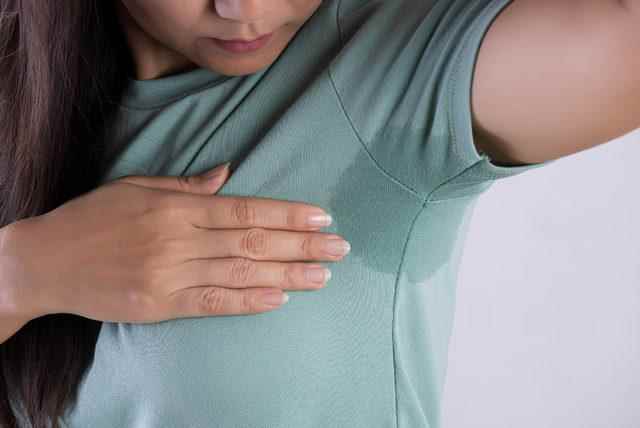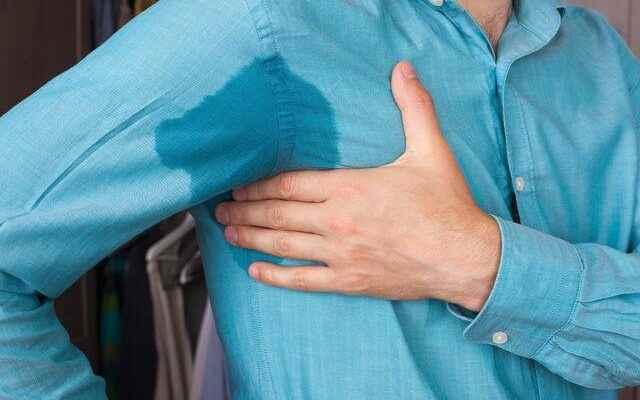Sweating is one of our body’s natural processes. The body uses the sweating reaction as a self-cooling mechanism. When the body temperature rises, the nervous system triggers the sweat glands and sweating occurs. However, these sweat glands can work without being triggered, that is, without a rise in body temperature. This condition is called hyperhidrosis, which is described as a sweating problem. Hyperhidrosis can be explained as the activation of the nerves responsible for signaling the sweat glands, even if they are not triggered by physical activity or temperature rise.
Considering stress, anxiety or nervous problems, the sweating problem may be exacerbated. As a result, excessive sweating can often be seen on the palms and soles of the feet. People who have sweating problems in the palms, feet or armpits can find solutions to these problems thanks to the developing medical aesthetic applications.
IF YOU HAVE THESE PROBLEMS WITH Sweating, ATTENTION!
Hyperhidrosis can also be seen as a result of some medical conditions such as diabetes, menopause, thyroid problems, nervous system disorders and infection. For this reason, the cause of sweating should be determined first and the treatment protocol should be applied accordingly. If the sweating problem is accompanied by symptoms such as chills, chest pain, nausea, dizziness or fever, you should consult a specialist as soon as possible.

CAN TRIGGER SKIN INFECTIONS
While the problem of excessive sweating affects the person both socially and emotionally, it also makes the person more prone to skin infections. For example, even a simple approach such as shaking hands can cause anxiety problems for people who have sweaty hands and constantly moist and wet hands. Apart from this, irritating and painful skin problems such as fungal or bacterial infections can be seen in areas where excessive sweating is seen.

SOLUTIONS TO THE SWEATING PROBLEM
If there are no medical conditions such as overactive thyroid (hyperthyroidism) or low blood sugar (hypoglycemia) sought after blood and urine tests at the beginning, botox, one of the medical aesthetic treatments, can be considered as a solution to the problem of excessive sweating.
WHAT IS SWEATING BOTOX?
It has been shown that sweating botox, approved by the FDA, reduces armpit sweating by 82-87% and palm sweating by 80-90%.
Botulinum toxin, or botox, is a neurotoxin produced by the bacterium Clostridium botulinum. This minimally invasive procedure, in its simplest terms, prevents the contraction of certain nerves in the problem area and makes the treatment successful. Botox plays an important role in the treatment of some chronic conditions such as strabismus and focal dystonias, various movement disorders, headaches and hyperhidrosis. The main purpose of applying Botox to the area with sweating problem is to prevent sweating by temporarily blocking the secretion of the chemical that activates the sweat glands in the area.

Although it is not necessary to do intense exercise for a day after Botox treatment or to be in extremely hot environments such as sauna and hammam, other daily activities can be continued comfortably. The results of sweating botox start to be noticed within 2-4 days after the application. However, it may take up to 1-2 weeks for the full effects to appear. Although the permanence of the treatment results varies from person to person, it continues for 6-12 months.
